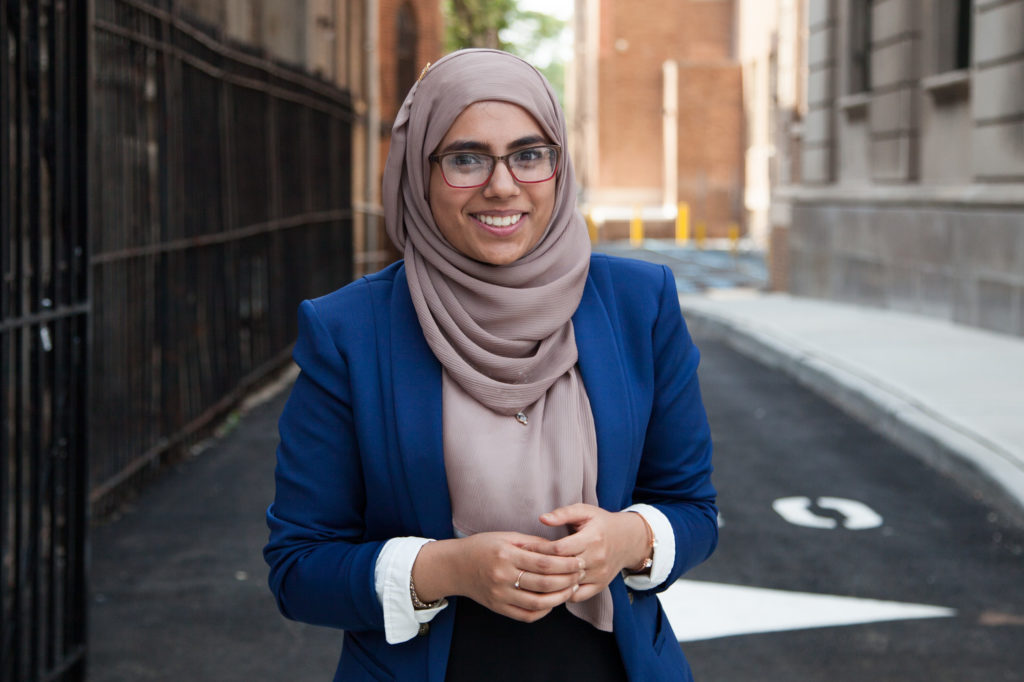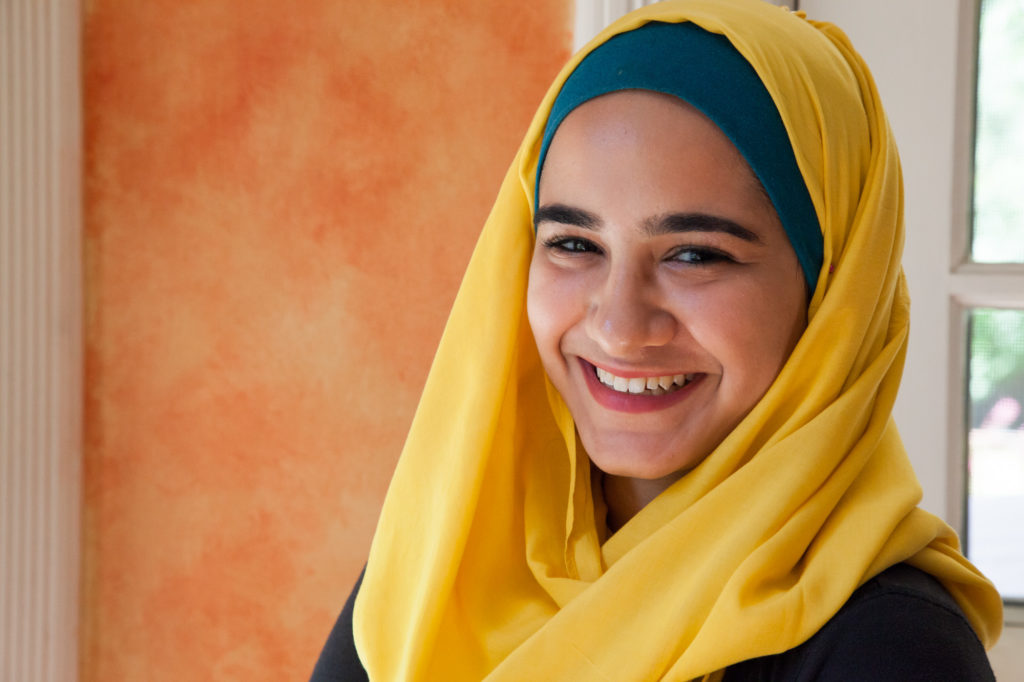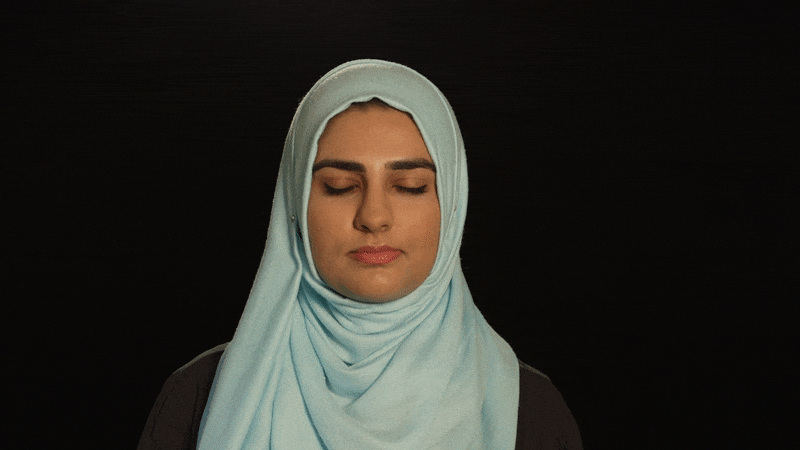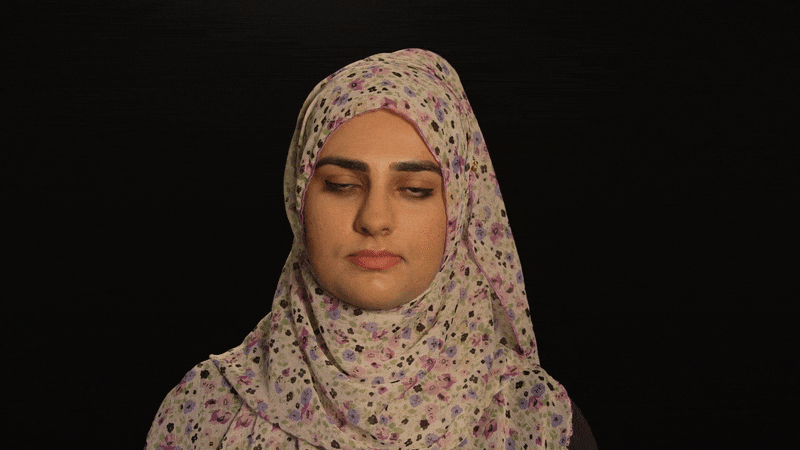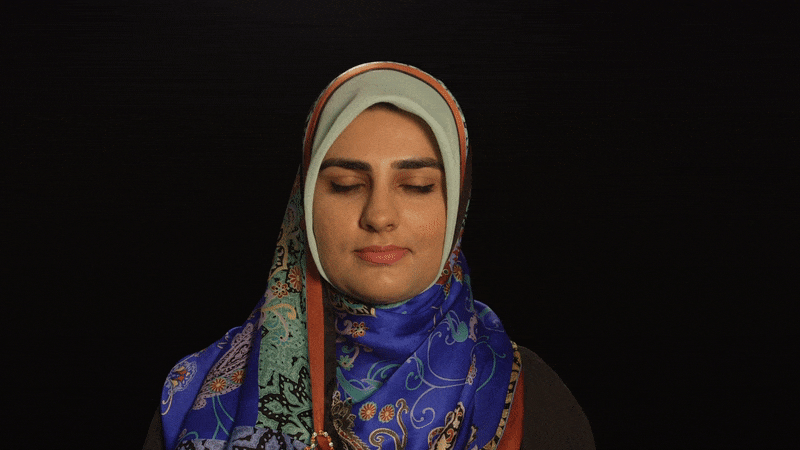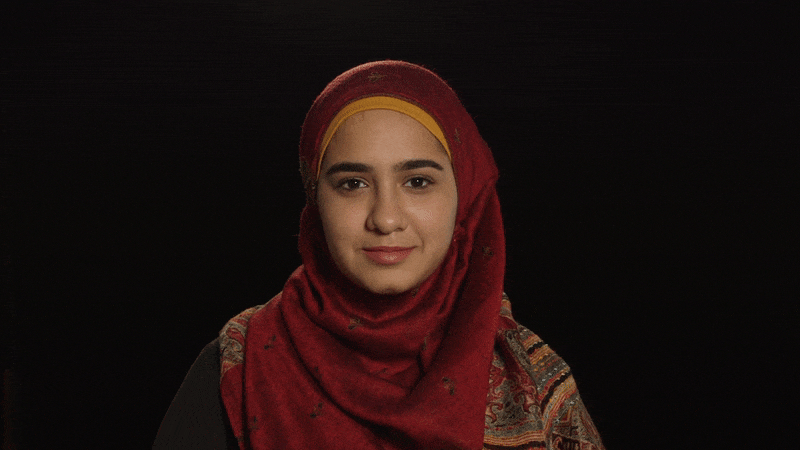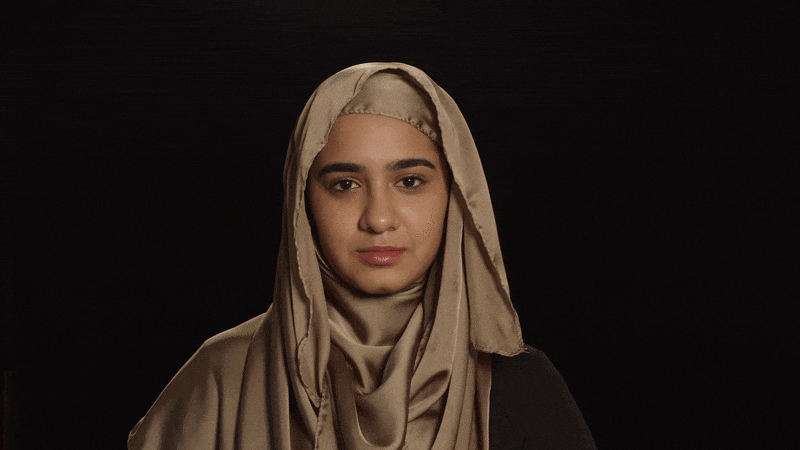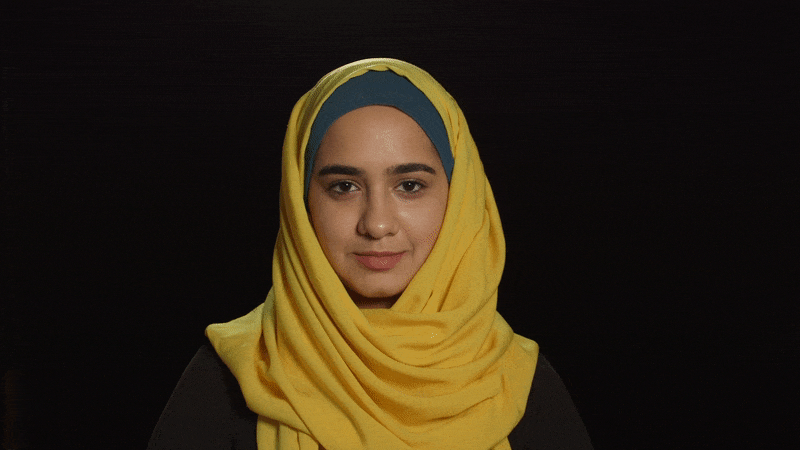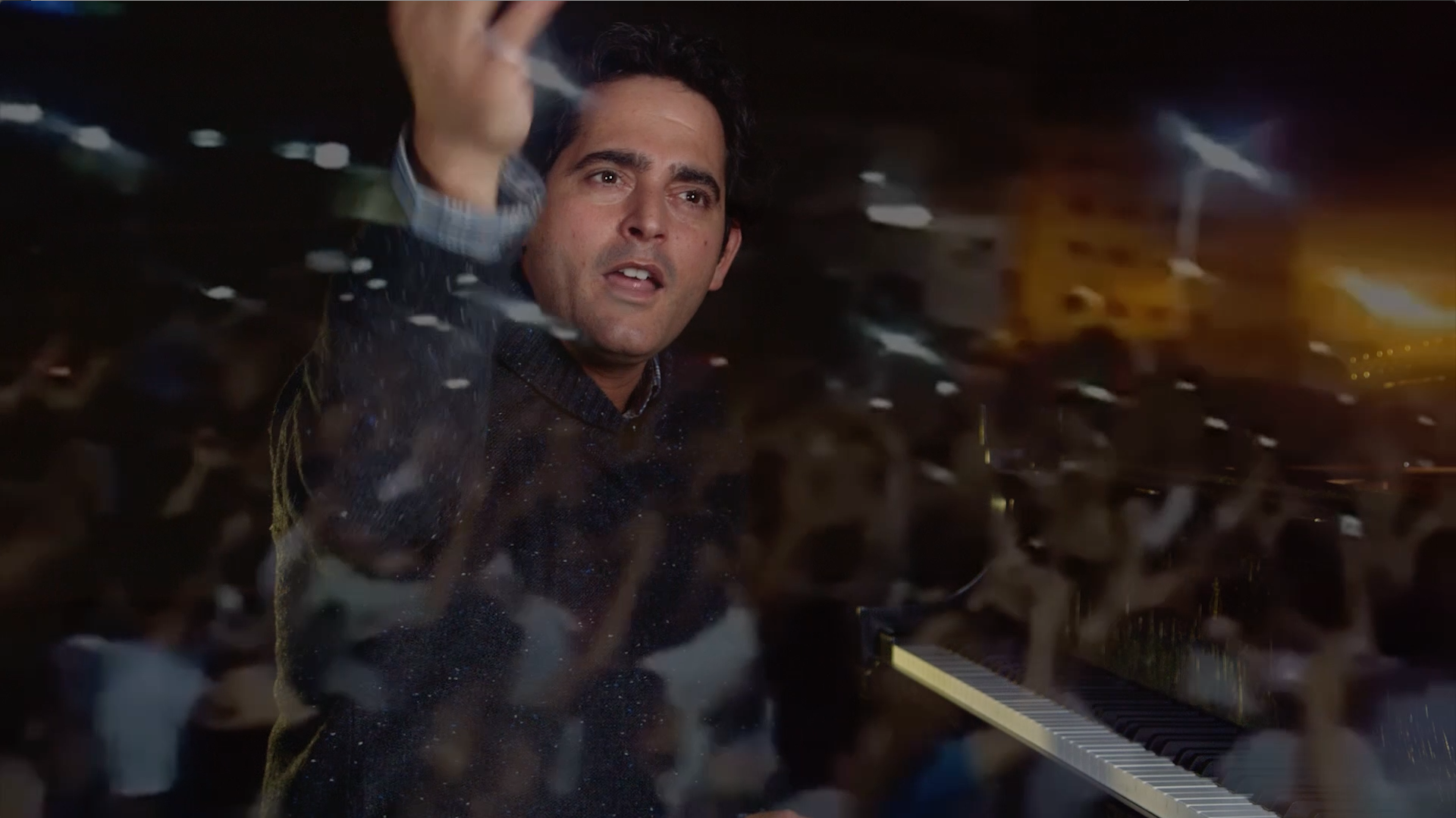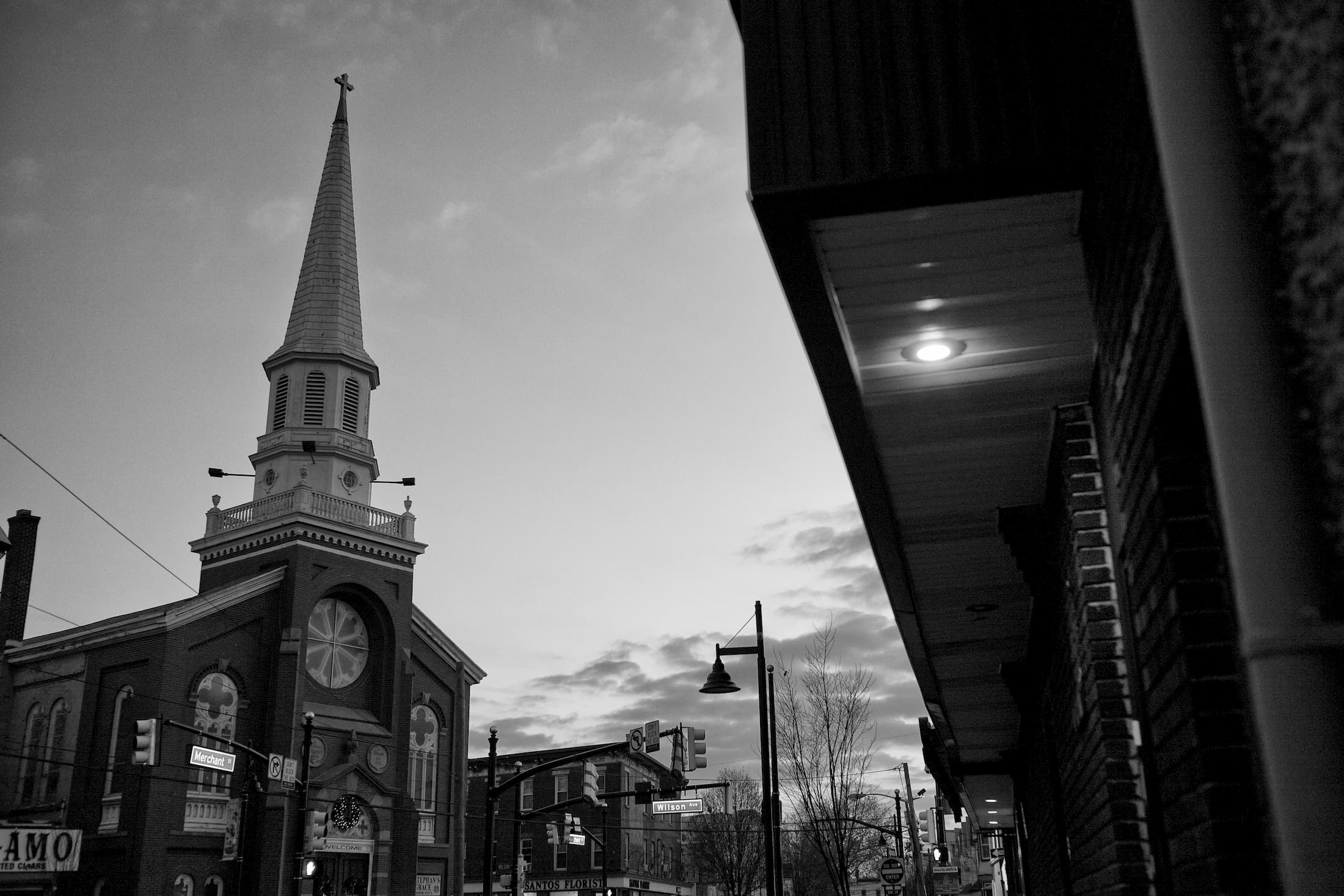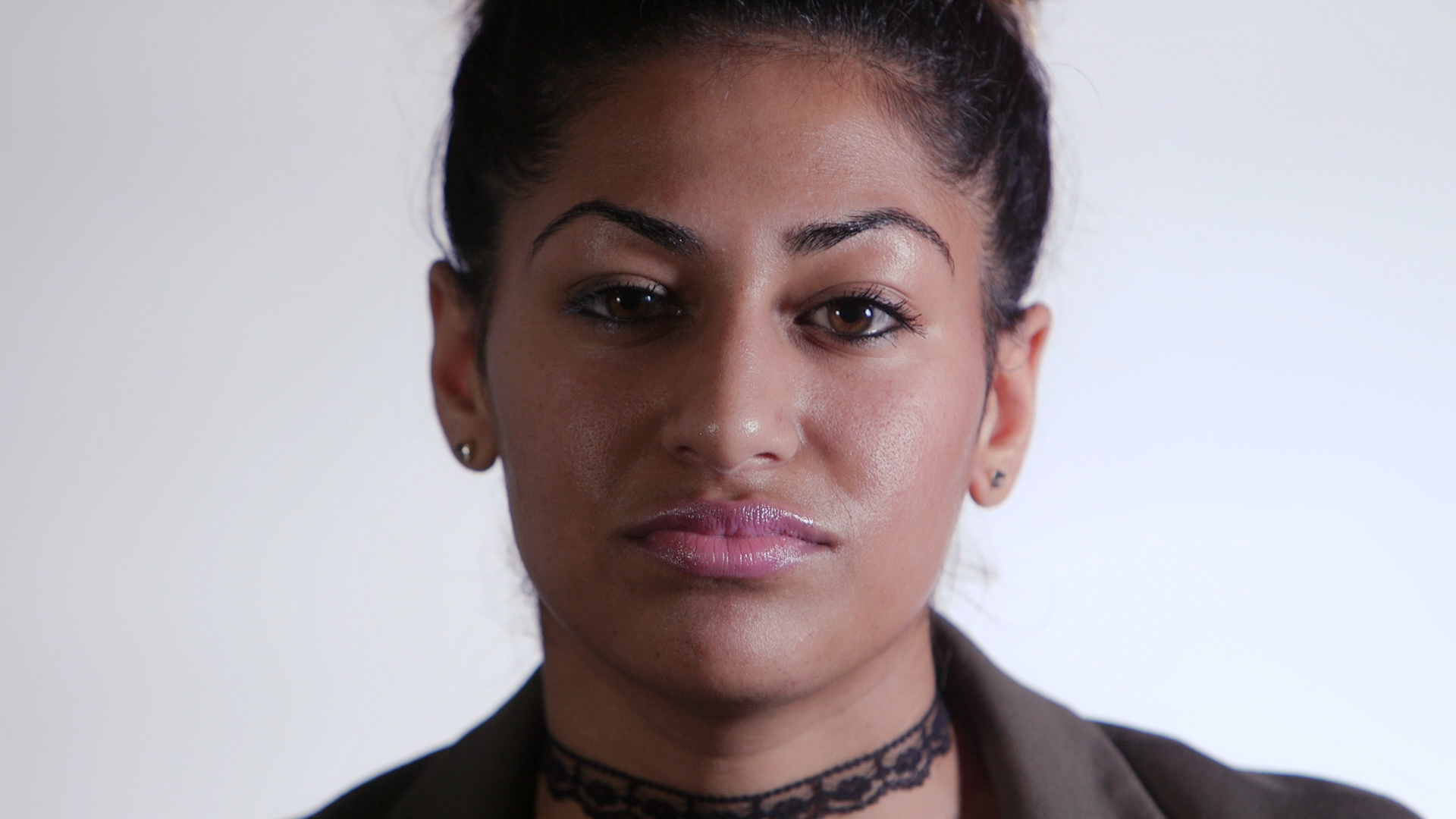Taking Back the Microphone
When we sat for lunch on a sunny Friday in January 2015, neither of us imagined that we would go home that day with a vision for change, let alone a film idea. Over Korean food, we talked about the small struggles that hijabi women (observant Muslim women who wear headscarves) endure, like unflattering tan lines on our foreheads and the no-end-in-sight quest to find the perfect hijab. The conversation took a more serious turn as we discussed a newly released video by BuzzFeed, where a handful of women were asked to wear hijab for a day and then discuss their experiences—the way others stared at them, how they were scrutinized more carefully at an airport, and even how unfamiliar hijabi women smiled at them on the street.
We wondered why BuzzFeed chose to amplify the experiences and narratives of women who only wore hijab for one day as opposed to women who wear hijab daily.
While we do appreciate BuzzFeed’s undoubtedly pure and kind intentions, we do not wish to be silenced. We spoke with several college-aged hijabi women in New Jersey who come from different academic, social, and cultural backgrounds about their experiences. We listened to their opinions and observed the different ways that they styled their hijabs. With their help, we created what we hope are myth busting, stereotype crushing stories that take back the microphone and reclaim our own hijabi narratives.
Rocking the Hijab
I was 13 when I first played soccer on a team. I was also 13 when I decided to stop. When I received notification of my acceptance to the Bayonne soccer team, I hurried with my mom to Modell’s at the Newport Crossing. I went home that day with my first—and last—pair of cleats, soccer socks, and shin guards, all of which were pink. I had also picked up a pink soccer ball and two long-sleeved Under Armor shirts, also in pink. When I got home I shuffled through my hijabs—which weren’t exactly mine but a collection shared between my sisters and I—and pulled out all the pink ones we owned. I stood out from my teammates during our practices the same way Andie did in Pretty in Pink—pink cleats, pink clothing, and especially the bright pink hijab that I bounced around in.
Teenagers don’t need reasons to form cliques and alienate the people who don’t follow their unwritten codes, but with my sun-kissed cheeks against my teammates’ pale, freckled faces, and my pink hijab against their blonde braids and ponytails, it was apparent that the distance between us was more than typical. It didn’t help either that during the week, I was tucked away in a private school 22 miles away while they all walked or took the bus to the local public school. In a funny sort of way, it seemed like I was asking to be isolated. Still, though, I was excited to play on a team. In my naïveté, I managed to convince myself that nobody would have a problem with my hijab.
Playing soccer on the Bayonne team made me more conscious of my hijab and the consequences I’d face for wearing it in a town that doesn’t exactly understand it. I felt its weight during my first game, when my coach took a look at me and then threw his hands up in the air and asked me to sit on the sidelines and not play, despite having been an active player in all the practices.
My hijab, I learned that day, was a “hazard.” It was hazardous, I was told, to have something “dangling” from my head. It was distracting. It could get in the faces of other players. It could choke me. Our team would be fined. The danger list, according to my coach, was a long one.
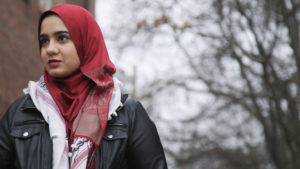
Although this all caught me by complete surprise—my coach had never warned me during our practices, when I also wore hijab—I tried to downplay the humiliation I felt at that moment and the feelings of alienation that overcame me. As I walked back to where I had tossed my Adidas duffle bag, I deliberately avoided eye contact with the mothers who watched curiously as the girl in the pink hijab, whom they recognized from the practices, walked away from the game and took a seat on the sidelines. By the time I reached my bag, I had begun to feel the sting of my tears against my cheeks.
My mom came during the second half of the game—she had dropped me off and then gone home to cook dinner for my siblings—and saw me sitting on the sidelines. I had calmed down by the time she arrived and had stopped crying. When I explained to her what had occurred, she pulled me up by my hand and walked over to my coach. I listened to him repeat to her—in a less agitated tone—what he had told me earlier about my hijab.
“She just can’t play with that on,” he said. “It’s dangerous.”
Looking from me to my coach, my mom, who wanted me to continue playing just as much as I did, nodded understandingly and then told my coach that I’d wear a swim cap to the next game. A swim cap. Standing between my mom and my coach, I agreed enthusiastically—almost sarcastically actually—but my mind had already been made: I would not attend the next game, or any other game or practice.
Three years later, even after my anger and humiliation had waned, I still refused to join sports teams.
“I’m not upset,” I would tell my mom—and myself. “Joining a team is just too much of a commitment.”
I continued to bike and attempt to play pick-up basketball. Occasionally, I would crash my brothers’ backyard soccer and football games. At times we’d go swimming at indoor pools, but that was always met with stares or blatant restriction, so my sisters—who also wore hijab—and I would wait for warm weather to spend weekends down the shore, where people stared but never actually restricted us.
It wasn’t until my sophomore year in high school—when I was 16—that I decided to join a sports team again. A family friend had introduced me to fencing, and it wasn’t long before I realized that the uniform would “work” with my hijab. No skin showed: the jacket was long sleeved and the socks had to slide beneath the kickers. The helmet would even help disguise my hijab, which was something I wanted to do at the time. Neither my opponent nor the referee would see my hijab until the match was over and we had to take off our helmets and gloves and shake hands.
I rented the equipment this time (my parents were not ready to toss $300 at equipment they were worried I’d only use for a few months) and began playing on my high school’s team.
My fencing experience has been healing. I wasn’t the greatest fencer, but my coach—who sported snapbacks and was usually found carrying one of the Star Wars books—was patient and kind. You could talk to him about Harry Potter, he was Team Slytherin, or Pokemon or even DC comics. My teammates, who carried Yu-Gi-Oh! cards in their pockets, were friendly, and their company brought a smile to my heart. As time passed and we grew on each other, I no longer felt the need to cover or hide my hijab.
After I graduated high school, I took to playing tennis for a few months. During the winter of my freshman year of college I started snowboarding, and in the summer, cliff diving.
I don’t regularly play sports anymore. It really is too much of a time commitment these days. But what I have learned through sports is that while my hijab could and will likely continue to hold some people back from embracing me, I cannot allow it to hold me back from embracing myself. Playing soccer in my pink hijab on a predominantly white team taught me how important it was to make myself comfortable with being uncomfortable. I could not sit on the sidelines deferring my dreams and aspirations; watching them dry up like a raisin in the sun. I needed to take control of my life and my narrative—while rocking my pink hijab.

